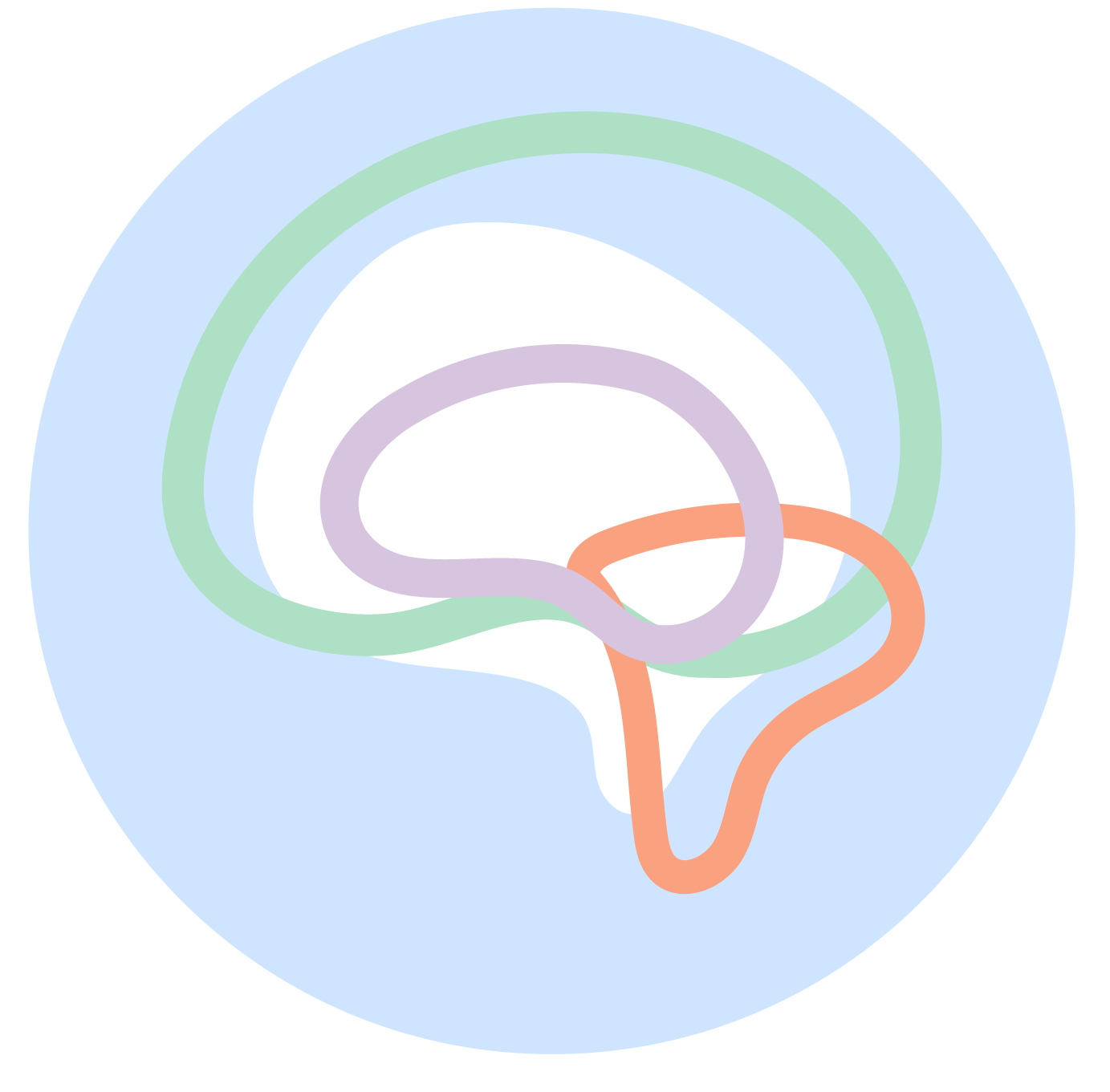What Are My Strengths? Reflecting on a New Year
The start of a new year brings fresh energy—a chance to set goals, build better habits, and work toward becoming a stronger version of yourself. But before reflecting on ambitious resolutions, it’s essential to pause and ask: What are my strengths?
Understanding your strengths helps you set goals that actually work for you. It makes personal growth feel more natural and fulfilling rather than frustrating or forced. So, let’s explore how you can reflect on your strengths and use them to make this year one of real progress.
Why Self-Reflection Matters
Self-reflection isn’t about overanalyzing everything you do—it’s about getting to know yourself better. When you take time to recognize your strengths, you gain confidence and clarity on how to approach challenges. Instead of setting vague resolutions like “be more productive” or “get in shape,” you can set goals that play to your natural abilities.
Think about it: If you're great at planning and organizing, you might succeed with a structured workout plan. If you're creative, finding a fun, unconventional approach—like dance classes or rock climbing—might keep you engaged.
The key is to work with yourself, not against yourself.
How to Identify Your Strengths
If you’re not sure what your strengths are, don’t worry—many people struggle with this. The good news is there are simple ways to figure it out.
1. Look at Your Wins
Think back to moments when you felt proud or accomplished. Maybe you handled a tough situation calmly, helped a friend through something difficult, or crushed a project at work or school. What skills did you use? What made those moments feel like successes?
2. Ask People Who Know You Well
Sometimes, others see strengths in us that we don’t recognize in ourselves. Ask a few trusted friends, family members, or coworkers:
What do you think I’m really good at?
When have you seen me at my best?
What’s something you think comes easily to me but not to everyone else?
You might be surprised by what they say!
3. Notice What Energizes You
Pay attention to the activities that make you feel engaged and excited. Do you love solving problems? Helping others? Learning new skills? The things that naturally interest you often point to your strengths.
On the flip side, notice what drains you. Struggling through something repeatedly might mean it’s an area to improve—or that it’s just not aligned with your strengths, and that’s okay too.
4. Take a Personality or Strengths Test
If you like structured guidance, try tools like the VIA Character Strengths Survey. They can help highlight qualities you might not have considered.
Turning Strengths into Actionable Goals
Once you have a better sense of your strengths, the next step is putting them to good use. Instead of setting goals based on what you think you should do, shape them around what you naturally excel at.
Use the SMART Goal Method
A strong goal is:
Specific (clear and detailed)
Measurable (you can track progress)
Achievable (realistic for you)
Relevant (connected to your strengths)
Time-bound (has a deadline)
For example, if one of your strengths is communication, instead of saying “I want to be a better speaker,” try: “I will practice public speaking by presenting at three meetings this semester.”
This way, your goal is actionable, and you’re building on something you’re already good at!
Embracing Growth Without Perfection
It’s easy to get caught up in self-improvement and feel like you need to “fix” yourself. But real growth isn’t about changing who you are—it’s about maximizing what’s already great about you.
And guess what? You won’t be perfect. Some goals will take longer than expected. Some strengths will need more refining. That’s completely normal.
Instead of being hard on yourself, practice self-compassion. Treat yourself like you would a close friend—encourage yourself, celebrate progress, and learn from mistakes without tearing yourself down.
Checking In and Adjusting Along the Way
Personal growth isn’t a one-time thing—it’s an ongoing process. Set aside time every few weeks to reflect:
Are your goals still motivating you?
Are you using your strengths effectively?
Do you need to make adjustments?
If something isn’t working, that doesn’t mean you’ve failed—it just means you’re learning. Change your approach, tweak your goals, and keep moving forward.
Final Thoughts
Understanding your strengths is one of the best ways to set yourself up for success. By taking time to reflect, aligning your goals with what you naturally do well, and staying flexible in your growth, you’ll make this year one of meaningful progress.
So, as you step into the New Year, ask yourself: What am I already great at? Then, build from there. Your strengths are your superpowers—use them wisely!




